Thought leadership pieces are a powerful tool for establishing yourself as an expert in your field and building a loyal audience. In this guide, we’ll explore the key elements of a thought leadership piece, different types, and strategies for crafting and promoting your content.
Thought Leadership Definition: Thought Leadership Piece
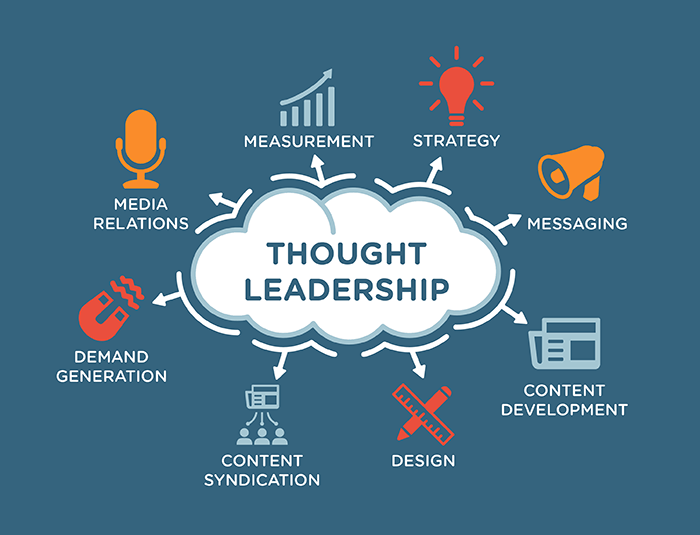
Thought leadership is the process of establishing oneself as an authority in a particular field or industry. Thought leaders are individuals or organizations that consistently produce original, insightful, and valuable content that helps others to better understand and navigate complex issues.Thought leadership pieces can take many different forms, including articles, blog posts, white papers, research reports, and speeches.
The key characteristic of all thought leadership content is that it provides fresh perspectives and actionable insights that help readers to make better decisions.There are many benefits to being a thought leader. Thought leaders are seen as experts in their field, which can lead to increased credibility, authority, and influence.
They are also more likely to be sought out for speaking engagements, consulting opportunities, and other leadership roles.
Elements of a Thought Leadership Piece
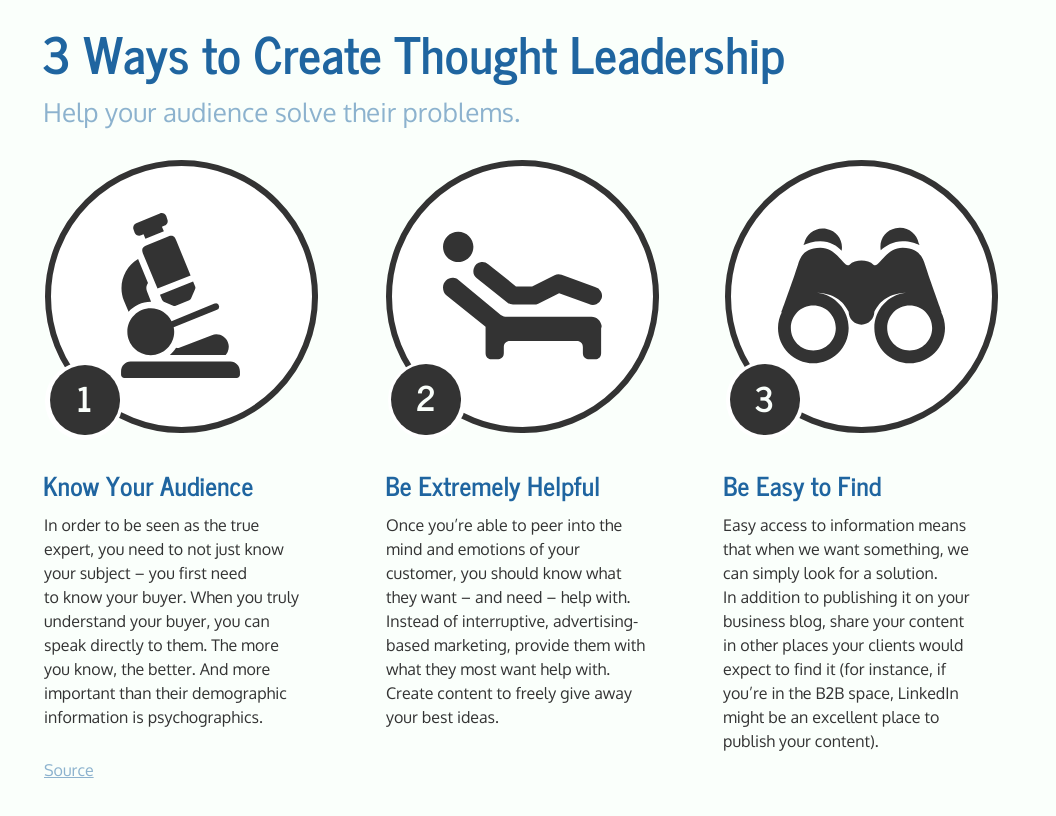
Thought leadership pieces are more than just sharing your opinions. They require careful consideration of the elements that make up a compelling and influential piece. Originality, insight, credibility, and authority are key ingredients for crafting a thought leadership piece that resonates with your audience.
Creating a thought leadership piece that resonates with your audience requires careful consideration of the topic. One area that deserves attention is transformative educational leadership. By delving into this topic, you can provide valuable insights and establish yourself as a thought leader in the field of education.
Continue to explore other relevant themes to craft a well-rounded thought leadership piece that inspires and informs.
Originality and Insight
Thought leadership pieces should offer fresh perspectives and insights. They should challenge conventional wisdom and provide new ways of thinking about industry trends or business challenges. Originality and insight are what set thought leadership apart from mere content marketing.
Establishing Credibility and Authority
Credibility and authority are essential for thought leadership. Your audience needs to trust that you have the knowledge and experience to provide valuable insights. Establishing credibility can be done through:
- Demonstrating expertise through your writing, research, and experience
- Citing reputable sources and data to support your claims
- Building a strong online presence and engaging with your audience
Types of Thought Leadership Pieces
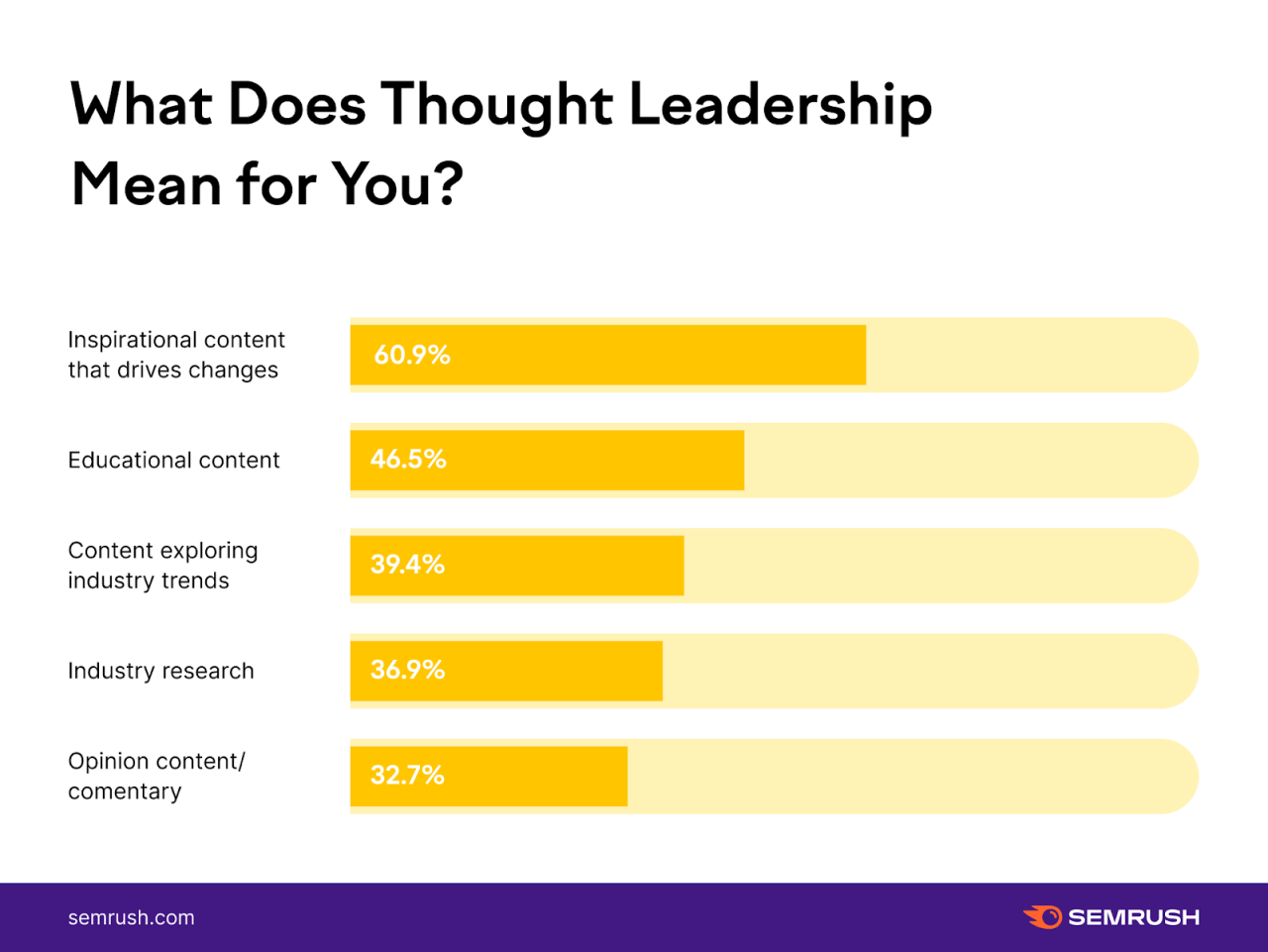
Thought leadership pieces come in various formats, each serving a specific purpose and catering to different audiences. Understanding these types is crucial for crafting effective thought leadership content.
- Articles and Blog Posts:These are the most common forms of thought leadership pieces, providing in-depth analysis, insights, and perspectives on industry trends, challenges, and solutions. They are typically published on company blogs, industry publications, or personal websites. Effective articles offer original research, data-driven insights, and actionable advice.
If you want to establish yourself as a thought leader in your field, consider pursuing an MBA in organizational leadership. This advanced degree will provide you with the knowledge and skills you need to effectively lead and manage teams, develop and implement strategies, and drive organizational change.
With an MBA in organizational leadership, you’ll be well-positioned to make a significant impact in your field and establish yourself as a respected thought leader.
Examples include articles exploring the future of AI or discussing the latest marketing strategies.
- White Papers:White papers are comprehensive reports that delve deeply into a specific topic, offering detailed research, analysis, and recommendations. They are often used to establish thought leadership in a particular domain and are targeted towards industry professionals and decision-makers. Effective white papers provide original data, case studies, and practical solutions.
Examples include white papers on cloud computing security or digital transformation strategies.
- Case Studies:Case studies showcase the successful implementation of a solution or strategy, providing real-world examples of how a particular approach has yielded positive results. They are valuable for demonstrating the practical applications of thought leadership ideas. Effective case studies include detailed descriptions of the problem, solution, implementation, and outcomes.
Examples include case studies on the use of AI in healthcare or the implementation of agile methodologies in software development.
- Infographics:Infographics are visually appealing representations of data, insights, or trends. They are used to simplify complex information and make it easily digestible. Effective infographics use clear visuals, concise text, and relevant data to convey a message quickly and effectively. Examples include infographics on industry statistics or the benefits of a particular technology.
- Videos:Videos are a powerful medium for delivering thought leadership content, as they allow for a more engaging and personal connection with the audience. They can be used for interviews, presentations, or demonstrations. Effective videos offer valuable insights, practical advice, and actionable takeaways.
Examples include videos on thought leadership topics such as innovation or leadership.
- Podcasts:Podcasts are audio recordings that provide insights, interviews, and discussions on thought leadership topics. They are a convenient way for listeners to consume content while on the go or multitasking. Effective podcasts feature knowledgeable guests, engaging conversations, and actionable takeaways.
Examples include podcasts on the future of work or the latest trends in technology.
Crafting a Thought Leadership Piece
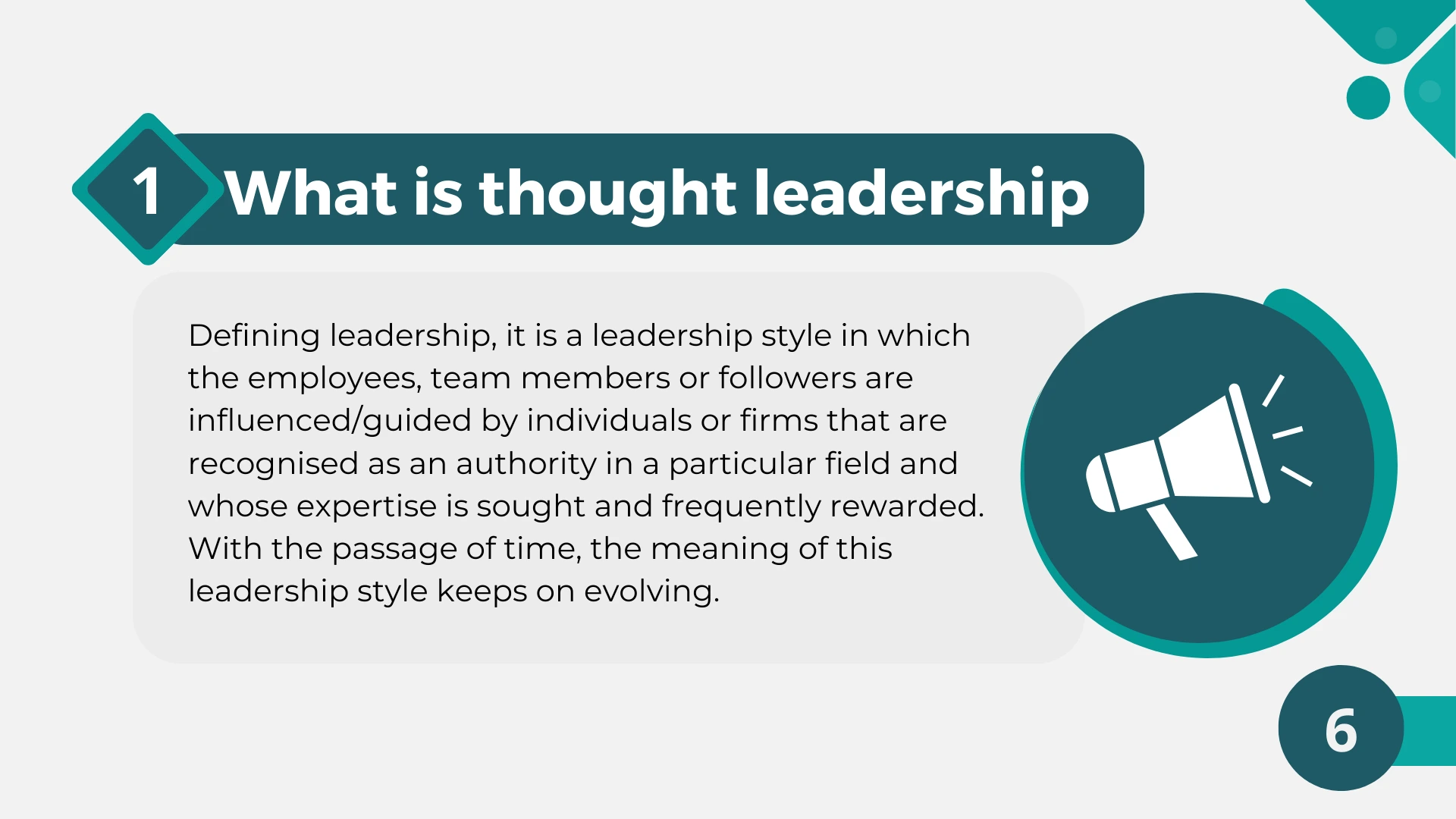
Crafting a compelling thought leadership piece requires a structured approach. By following a framework, you can ensure your content is well-organized, informative, and impactful.
When writing a thought leadership piece on leadership, consider pursuing a masters in leadership coaching to gain specialized knowledge and enhance your credibility. This advanced degree will equip you with the skills and insights to effectively guide and develop leaders, enabling you to craft thought leadership pieces that resonate with your audience and drive meaningful change.
The key elements of a successful thought leadership piece are:
- A clear and concise thesis statement
- Well-researched and credible content
- A logical structure
- A compelling headline and introduction
Design a Framework for Crafting a Thought Leadership Piece
Begin by defining your target audience and the key message you want to convey. This will help you determine the scope and tone of your piece.
Next, develop an Artikel that includes:
- An introduction that grabs the reader’s attention and introduces your thesis statement
- A body that supports your thesis with evidence and examples
- A conclusion that summarizes your main points and provides a call to action
Organize Content into a Logical Structure
The structure of your thought leadership piece should be easy to follow and navigate. Use headings and subheadings to break up your content into logical sections.
Consider using a variety of content formats, such as:
- Bulleted lists
- Numbered lists
- Tables
- Quotes
- Case studies
Create Compelling Headlines and Introductions
Your headline is the first impression your readers will have of your thought leadership piece. Make it catchy and informative, and ensure it accurately reflects the content of your piece.
Your introduction should be equally compelling. It should provide a brief overview of your topic and hook the reader’s interest.
Distribution and Promotion
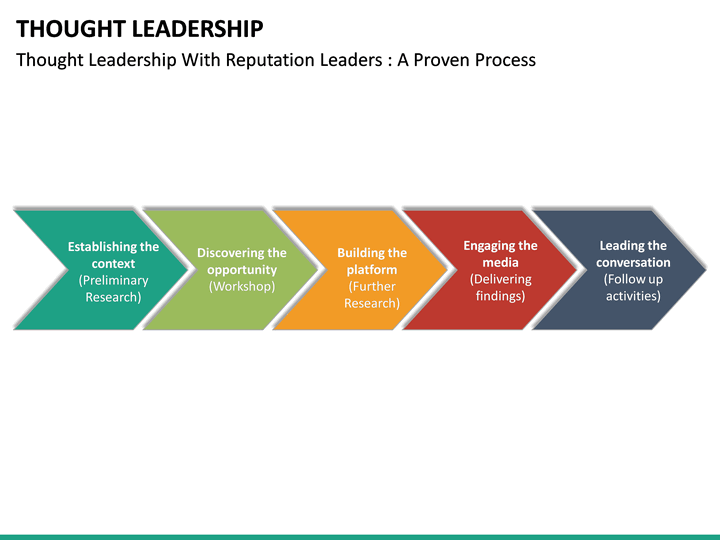
To maximize the reach and impact of your thought leadership pieces, it’s crucial to distribute them effectively. Leverage a combination of channels, including:
Company Website and Blog, Thought leadership piece
Host your thought leadership pieces on your company’s website and blog. This provides a central hub for your content and establishes your organization as a thought leader in your industry.
Social Media
Share your thought leadership pieces on social media platforms like LinkedIn, Twitter, and Facebook. Engage with your followers, respond to comments, and run targeted ads to promote your content.
Email Marketing
Build an email list of subscribers who are interested in your industry and share your thought leadership pieces with them. Segment your list based on interests to deliver personalized content.
Industry Events
Attend industry events and conferences where you can present your thought leadership pieces or participate in panel discussions. This provides an opportunity to connect with potential customers and establish your expertise.
Syndication
Syndicate your thought leadership pieces on reputable industry publications or websites. This expands your reach and establishes your organization as a thought leader beyond your own audience.
Strategies for Promoting Thought Leadership Content
To effectively promote your thought leadership content, consider the following strategies:
Content Optimization
Optimize your thought leadership pieces for search engines by using relevant s and creating high-quality, informative content. This improves your visibility in search results.
Thought Leadership Newsletter
Create a regular newsletter dedicated to sharing your thought leadership pieces. This provides a consistent way to engage with your audience and keep them updated on your latest insights.
Influencer Marketing
Partner with influencers in your industry who can share your thought leadership pieces with their followers. This helps you reach a wider audience and gain credibility.
Paid Advertising
Use paid advertising campaigns on platforms like LinkedIn and Google AdWords to promote your thought leadership pieces. This allows you to target specific audiences and drive traffic to your content.
Measuring the Impact and Effectiveness of Thought Leadership Campaigns
To gauge the success of your thought leadership campaigns, track key metrics such as:
- Website traffic
- Social media engagement
- Email open rates
- Lead generation
- Sales conversions
Analyze these metrics to identify what’s working and what needs improvement. Adjust your strategies accordingly to maximize the impact of your thought leadership efforts.
Last Point
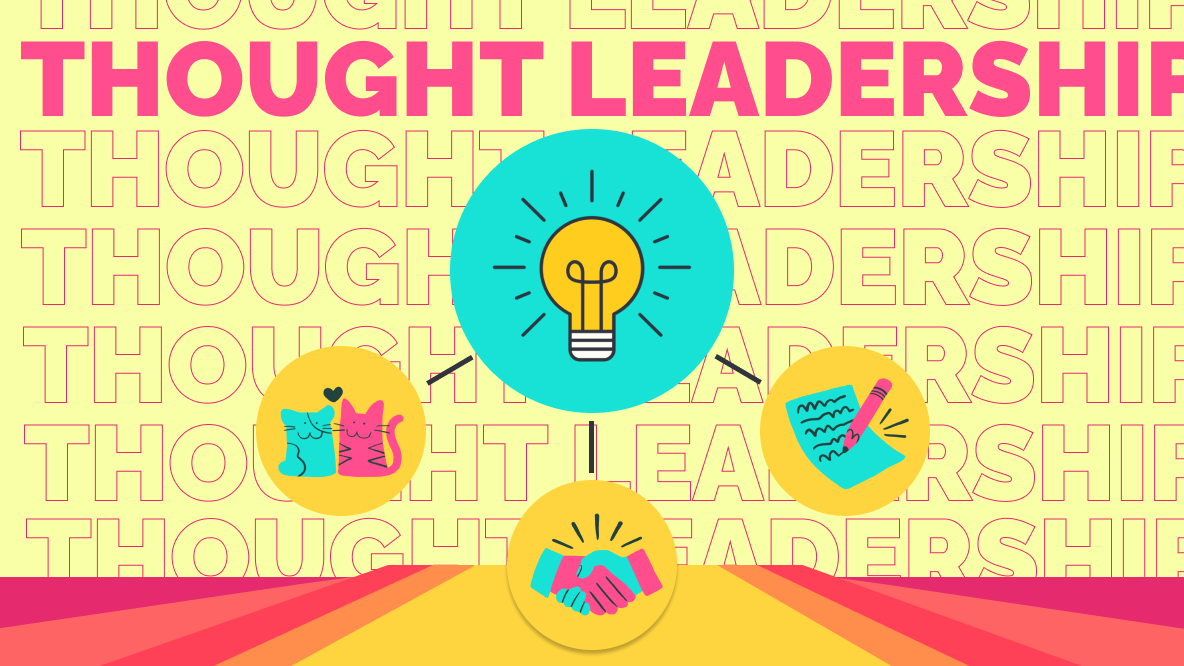
By following the principles Artikeld in this guide, you can create thought leadership pieces that resonate with your audience, drive engagement, and position yourself as a trusted authority in your industry.
Commonly Asked Questions
What is the purpose of a thought leadership piece?
Thought leadership pieces aim to provide valuable insights, perspectives, and solutions to a specific audience, establishing the author as a credible expert in their field.
What are the key elements of a thought leadership piece?
Originality, insight, credibility, and authority are essential elements of an effective thought leadership piece.
How can I promote my thought leadership content?
Leverage social media, email marketing, guest blogging, and other channels to distribute and promote your thought leadership content.